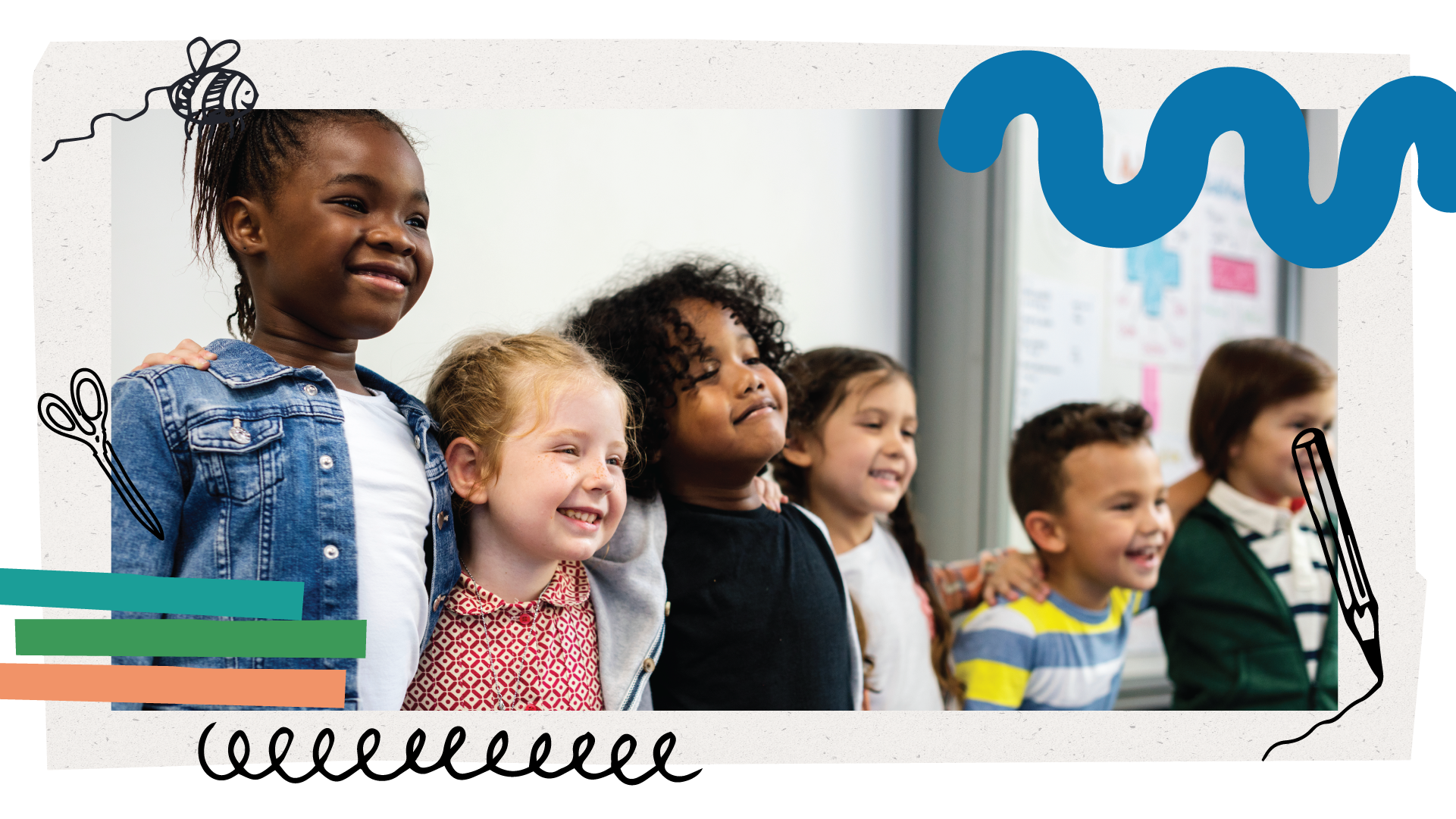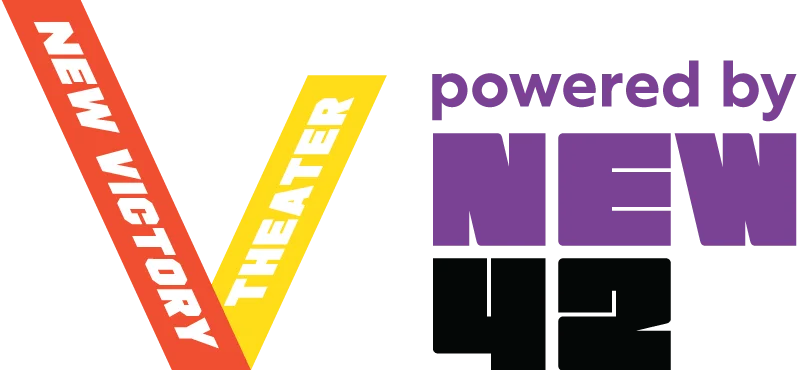Back to Resource Library Download PDF
Download PDF
Retelling the Stories We Were Told
 Download PDF
Download PDFIn this activity, students will interrogate their shared past through new perspectives. They’ll reenact historic moments using theater-based strategies to embody the people and places depicted in historical texts.
Materials Needed: a virtual meeting space like Zoom, historical texts of your choice
- To begin, have a group discussion about an historical event that is often taught through a generally white-identified and dominant culture lens.
Note: One entry point could be to spark a conversation about the emancipation of enslaved people in this country, asking the essential question, “It is often taught that 'Lincoln freed the slaves,' but in what ways can we interrogate the words 'freedom' and 'liberation' in order to view them through a new, non-oppressive, more equitable perspective?” - As a class, learn about the chosen historical event by asking your students to read selections from various historical texts recounting the same sequence of events, discussing common themes, textual similarities or repetition and examining the framework through which each text was written. Guide this discussion by asking questions like: What are some common themes found across all assigned readings? In what ways are white people in power discussed, portrayed or praised, throughout these texts? In what ways are Black or other people of color characterized or caricatured, as the case may be?
- After your discussion, and once students have had time to interrogate the chosen historical event, have students choose one defining moment within the historical event. Once those have been voiced, place students in groups in which students have come up with similar thoughts or themes.
- Offer a good amount of time for each group to discuss their reasons for choosing that moment and identify the ways in which the center of the event, where the power is, is whiteness (or colonized perspective). Then, have students reframe and retell the event—respectfully and justly—through the eyes of the oppressed. In the example given in Step 1, the power structure appears to center whiteness in the statement, “Lincoln freed the slaves,” which diminishes and oppresses Black humans, depriving them of their very humanity—and thereby, their story and voice.
- Next, have students work together to create a theatrical representation of the moment they’ve chosen as told historically, encouraging them to use tableaux (frozen pictures), visual aids, soundscapes (sounds created by the mouth or body), use an object or collection of objects to convey the mood or emotion or they might even work together to create a movement or dance piece. or music!
- Then, using the same elements as listed in Step 5, have them reframe and retell that story through a second theatrical representation, which aims to decolonize
the educational language commonly used to tell this historic event. Guide their creation by asking them: In what ways can you create a theatrical retelling of this
moment that honors its true history and humanity? Hold space for students to continue to explore this idea. - Then, gallery style, hold space for each group to rehearse morphing from their first theatrical representation to their second, illustrating the two lenses through which their moment in history is being told.
- Finally, have each group share their two artistic representations to the class, then hold a group discussion about the importance of reframing and relearning history through multiple perspectives.
Reflection Questions:
- What surprised you most about this activity?
- What does it mean to examine history in new ways?
- What did you discover about your ability to create a theatrical piece?
- What did you find most challenging about this activity?
